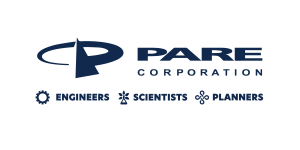Resource
Summary of the Current Dynamic Stability Investigations for Hoover Dam
This document describes the technical studies and provides a summary of the technical basis and rationale for the final conclusions of the Modification Decision Analysis (MDA) phase of the Bureau of Redamation's Dam Safety process for Hoover Dam. In 1992, the Safety Evaluation of Existing Dams phase of the Dam Safety process indicated potential seismic dam safety deficiencies. These initial structural analyses of Hoover Dam for the maximum credible earthquake (MCE), showed tensile stresses over three times larger than the tensile strength of the concrete and postulated cracking on the upper portions of the dam. Also, calculated dynamic forces from the dam into the foundation indicated instability in some rock blocks on both abutments.
These analyses were, however, mainly based on available or assumed data. The MDA phase was initiated to investigate the seismic deficiencies which involved a plan for gathering additional data of material properties, refining seismic loads, and making more sophisticated structural analysis involving a complex series of non-linear structural analysis. Because of the complexity and importance of Hoover Dam, a Consultant Review Board was convened for external peer review consisting of Drs. Ray Clough (structural), Bruce Bolt (seismology), and Alfred Hendron (geotechnical). Redamation instituted a risk-based framework into the Dam Safety process a year into the MDA studies. A screening level risk analysis was then performed, indicating that the level of risk and the uncertainty associated with estimating the risk were high enough at Hoover to justify continuing with the MDA studies. As the non-linear dynamic structural analysis were being performed a new computer program was obtained which incorporated dam-foundation interaction (effects of foundation mass, impedance contrast between the dam and foundation, and radiation damping). Results from this analysis had the most impact of the entire MDA. Including these effects greatly improved the assessment of dynamic stability in the dam and foundation and became the primary basis for the finding of no deficiencies at Hoover. 12 pp., 13 references.
































